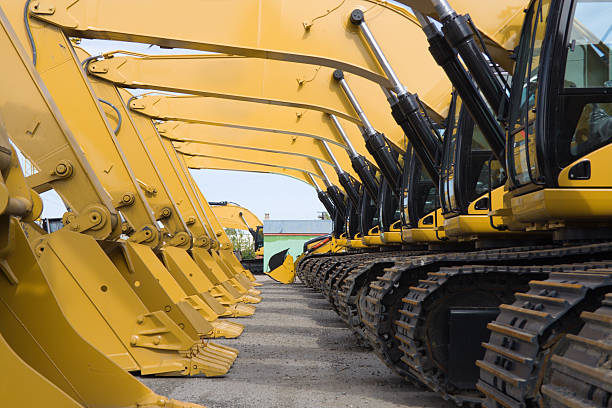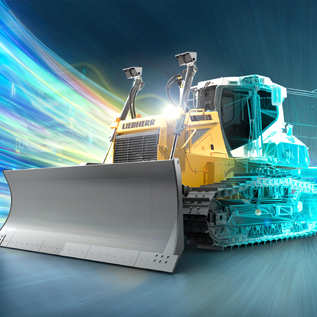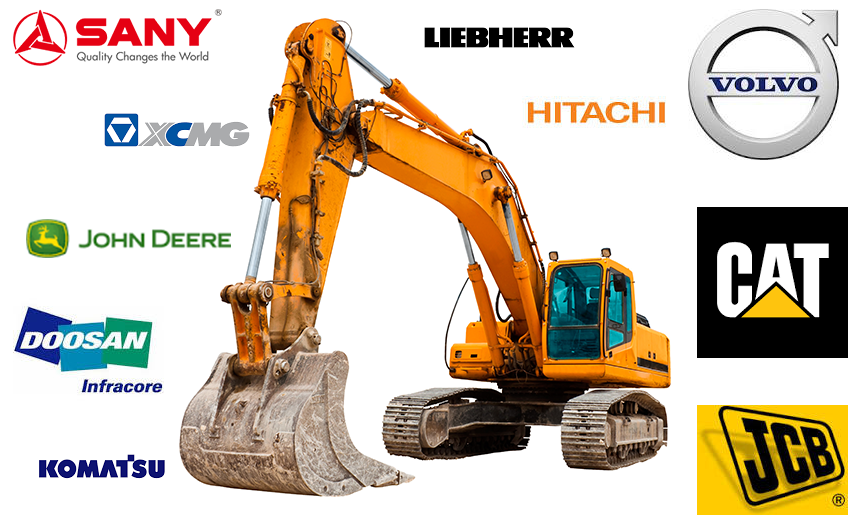In the civil construction sector, the primary goal for contractors, regardless of their company’s age or size, is profitability. This often hinges on efficient project management and a keen understanding of competitive advantage to secure bids and successfully deliver projects.

Recent Financial Trends: According to the CFMA’s 2021 Annual Financial Survey, 282 U.S. civil construction companies reported an average net income before taxes of 8.1%, a rise from 6% in FY2019. Return on assets (ROAs) increased from 10% in FY2019 to 13% in FY2020. These companies typically generated sales twice the value of their assets, maintained a leverage ratio of 2.0, and achieved a 26% return on equity (ROE). Compared to other professional services organizations, which might achieve 30-40% operating margins, a McKinsey Insight report suggests that engineering and construction companies could reach 20-30% margins by focusing on profitability rather than just utilization.
Internal Challenges: The CFMA report pinpointed several internal performance challenges, including accountability shortfalls, talent management issues, inconsistent performance management, reluctance to adopt new technology, and resource utilization problems.
External Factors: While contractors can influence internal factors, they should also be aware of external elements like fragmented value chains, extensive subcontracting, complex portfolios, and competitive pressure.
Tools to Enhance Profitability:
- Machine Control and Automatics:
- Automatic excavator control for mixed fleets.
- Compaction control systems for efficient rolling patterns.
- Motor grader automatics for fine grading on complex surfaces.
- Dozer Horizontal Steering Control for improved accuracy and productivity.
- Jobsite Connectivity:
- Enhancing monitoring by connecting workflows from design to construction.
- Using machine control and surveying systems as data sensors.
- Reducing rework and ensuring data consistency across projects.
- Civil BIM Software:
- Reducing inefficiencies and capitalizing on new infrastructure project demands.
- Integrated BIM tools for real-time updates in planning, design, scheduling, and budgeting.
Getting Started: To boost profitability, contractors should:
- Utilize machine control technology for efficient machine use.
- Seek real-time operations visibility.
- Minimize construction waste.
- Assess the total cost of equipment ownership.
- Invest in staff training.
- Implement construction management software systems.
Consider Subscription Options: When exploring tools, consult with a local construction technology partner about the range of options, including subscription models. Subscriptions can provide a flexible, all-inclusive, and connected construction solution in a predictable contract, as opposed to purchasing hardware as a depreciating asset.
In conclusion, with the right approach and tools, there’s ample reason for optimism in the civil construction industry’s profitability. Embracing technology and efficient management practices can significantly enhance productivity and margins.




